Words and Photos By: Jeff Smith
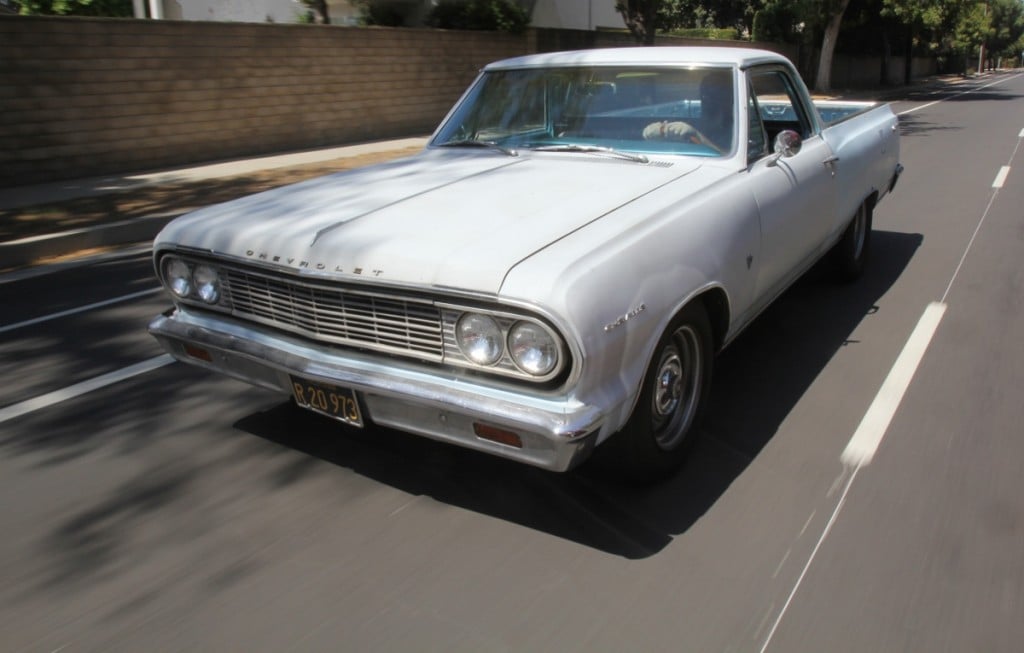
We think we’ve found a relatively inexpensive approach to the problem of adapting electronic speedometer signals to a vintage cable drive speedometer. It’s called the SpeedBox from SpeedHut. Now, we know exactly how far over the speed limit we’re running.
Everybody knows tswapping in a late model overdrive trans is the one of the best ways to upgrade an older muscle car to 21st Century standards. Your upgrade might be as simple as bolting in a used electronically-controlled automatic overdrive trans, or perhaps you let loose with that water-cooled checkbook and ordered an entire Chevrolet Performance LS9 Connect and Cruise drivetrain for that ’67 Camaro. Either way, you will still need to deal with adapting a speedometer.
The issue is that a couple of decades ago, the OEs gave up on cable-driven speedometers, replacing that flexible drive with a digital signal to an electric speedometer. All modern transmissions now generate a simple alternating current (AC) signal from its vehicle speed sensor (VSS) that is converted to digital and eventually drives the electric speedometer. All of this is done for the sake of accuracy. But when upgrading to these newer transmissions, older car builders are faced with several alternatives — most of which, until now, were both expensive and labor intensive.
The speedo options include converting to electric speedometer and tach, converting the transmission’s extension housing to a mechanical drive, or feeding the factory VSS signal to an electric motor that would drive the stock mechanical speedometer cable. We could debate the pros/cons and price versus performance aspects of each, but most often the selection comes down to personal preference.
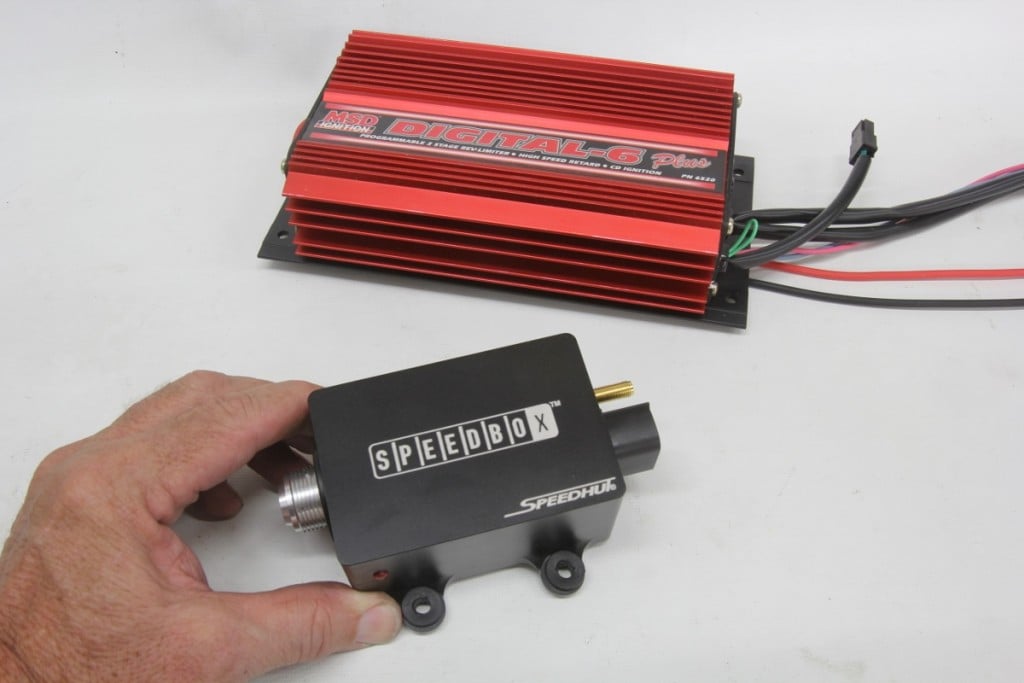
The SpeedBox is relatively compact with a footprint of 3.7 inches square at the mounts and just under 2.0 inches tall — shorter and narrower than this MSD Digital 6 box. The SpeedBox’s overall length is 5.13 inches, including the speedometer and electrical connections. The small brass connector is for the GPS antenna.
Rather than detail all these different conversion schemes, we chose to concentrate on the electro/mechanical drive box. At first, this may sound like a lame decision. And it might be if your car’s original speedometer will need to be professionally restored. In that case, you might want to consider one of the other alternatives.
In our case, the factory cable-driven speedometer on our ’64 El Camino was both smooth and quiet — it just wasn’t accurate. We were about to install a performance-built 4L60E trans when we realized we also needed to address the speedometer question. Our old mechanical speedometer would not be compatible with the 4L60E’s electrical VSS output, but we preferred to retain the stock ’64 dash appearance. A new electric speedometer and matching tach wasn’t appealing.
That’s when Redline Gauge Works owner Shannon Hudson offered an alternative. He said if our stock speedometer was in good shape, the least expensive option was to use a new product from SpeedHut called the SpeedBox. The SpeedBox is an electric motor in a compact aluminum housing that uses the VSS signal as input to drive the electric motor that spins the cable for the stock speedometer. This meant we didn’t have to completely reconfigure our instrument cluster with new gauges.
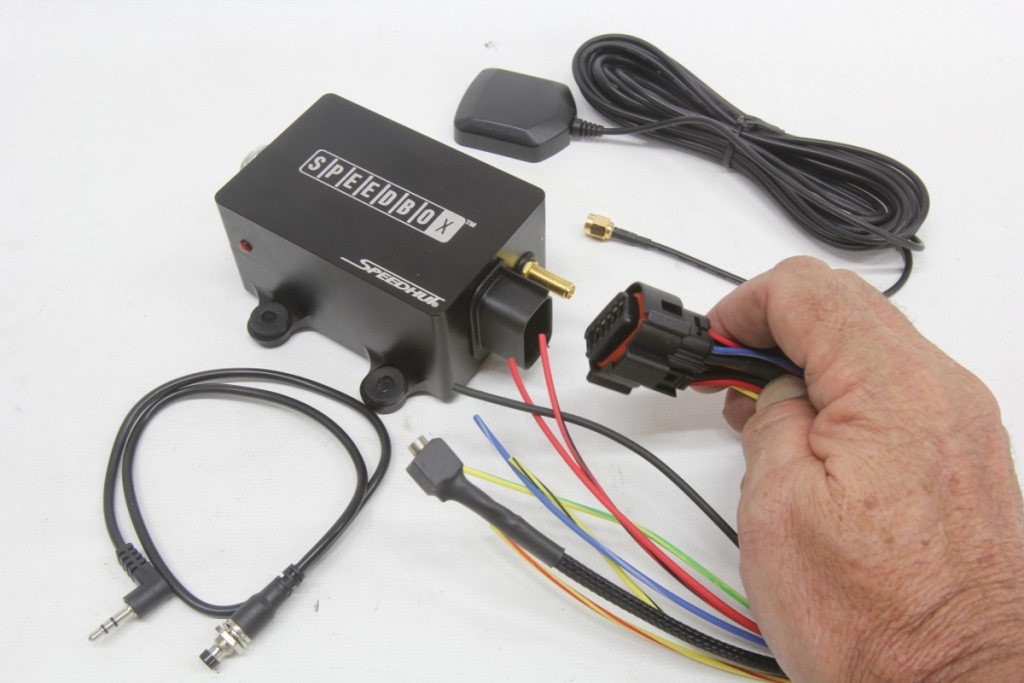
The wiring connections are sealed so the connections will remain solid for years. If you use the VSS to drive the SpeedBox, there are only four wires that need to be connected. Using the GPS will mean plugging in the antenna and, if you choose, the Hot Start wire. It’s that simple. Our photo did not include a speedometer cable, but the kit does come with a 3-foot length of cable.
The SpeedBox offers a couple of features that set it apart from its competitors. Previous electro/mechanical boxes tended to be inconsistent at slow speeds, and the boxes were noisy when mounted in the interior. In our test of the SpeedBox, we knew it was spinning because the speedometer was working, but it was nearly silent.
Hudson says his experience with the SpeedBox is that the new box addresses all of those previous issues by using a brushless DC motor with a modern digital control algorithm. We tested this unit as slow as 10 mph, and the needle remained rock steady.
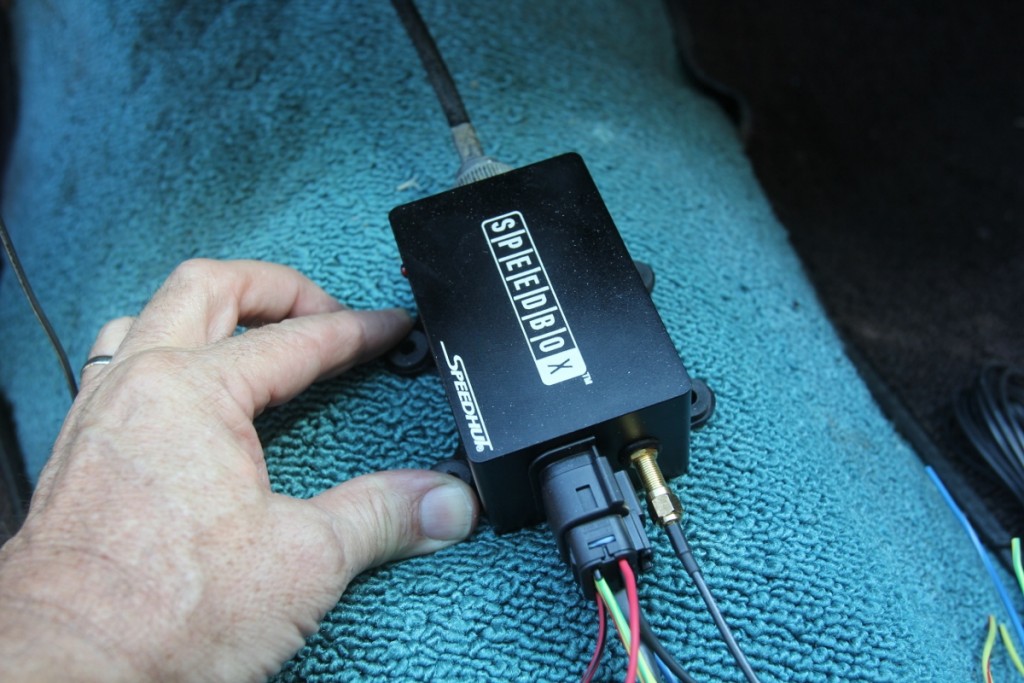
We executed a quick SpeedBox road test the moment it arrived. We placed it on the floor of the interior, wired it up, placed GPS antenna on the dash under the windshield, and connected the speedometer cable. Granted our El Camino is a bit loud, but we couldn’t hear it running or feel any vibrations from the unit while it was running.
Even better, calibrating the VSS output from the transmission is stupid easy and does not involve fiddling with dip switches. Just find a clearly marked stretch of road, trigger the beginning and end of a calibrated one-mile segment with the supplied switch, and the speedo is calibrated. It doesn’t get any simpler than that.
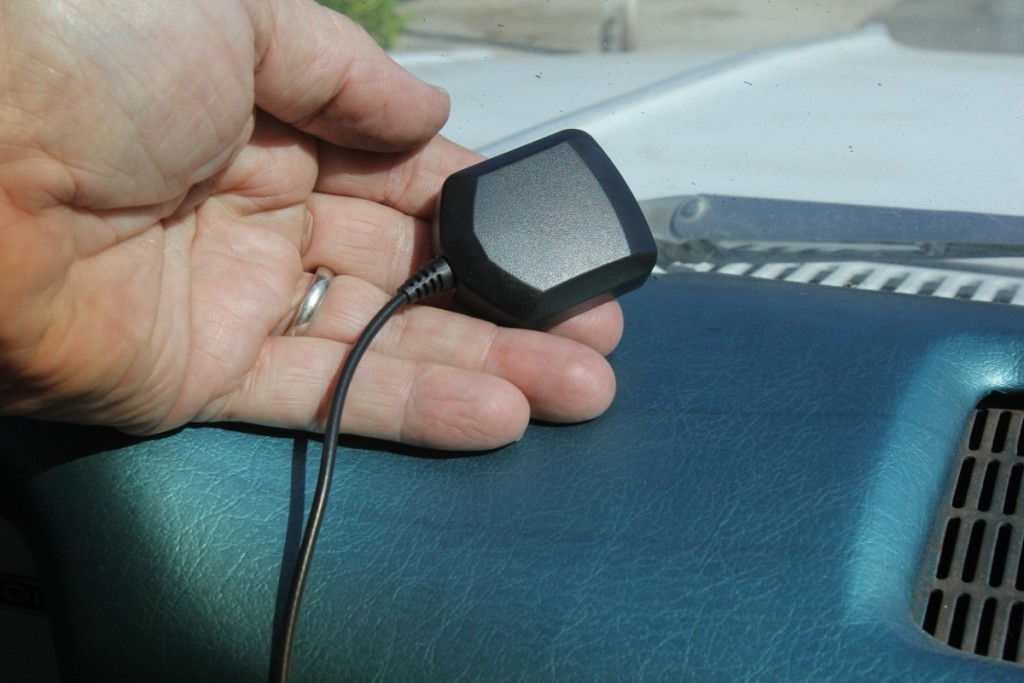
You don’t even have to use a VSS output. Connect this GPS antenna to the SpeedBox and place it at the base of the windshield, and the speedo is automatically calibrated.
Because the SpeedBox is relatively compact, finding a suitable location for the box should not be difficult. It can be mounted either in the engine compartment away from heat sources like headers or, ideally, under the dash. Route the speedometer cable from the SpeedBox to the stock speedo, connect wires to the VSS, 12v switched power, and ground, and you’re done.
But the bennies don’t stop there. As a final nod to 21st Century convenience, the SpeedBox comes standard with a GPS antenna. This can be used to help calibrate the speedometer — or you can use the GPS as the primary input instead of the VSS. Critics of GPS-driven speedos claim that upon every startup, it can take the unit a few minutes to triangulate the satellite signals and deliver a speed.
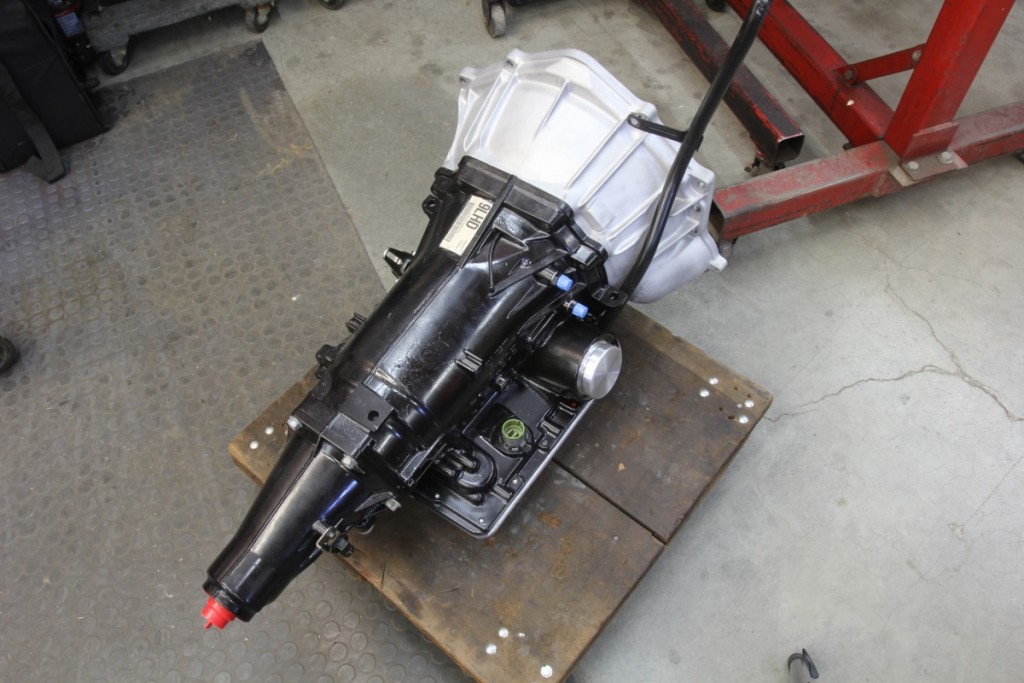
This is our 4L60E four-speed electronically controlled overdrive automatic. The VSS output is located on the extension housing. All we have to do is connect the SpeedBox’s yellow/green wire to the output terminal on the VSS, calibrate the speedometer, and we’re done. We did have to dig up a VSS two-wire connector.
While that has been true with previous GPS systems, the SpeedBox offers a Hot Start connection that saves the GPS signal using constant power wired directly to the battery. This way, the GPS always knows its location, so there’s no delay. Battery drain concerns should be minimal since SpeedHut claims the Hot Start draws 25 micro-amps, which is roughly equal to 0.0002 amp.
We temporarily installed the SpeedBox in our ’64 El Camino, using input solely from the GPS. We drove the El Camino for several days and discovered it is virtually silent and our speedometer was rock steady once up to speed. The only glitch we noticed was a slight delay when accelerating from a full stop. The speedo needle would jump from 0 to 10 mph. Hudson says this is a common problem with the old speedo cable we were using. He said they tend to wrap up before they begin to turn. Hudson says the new cable supplied with the kit will eliminate that issue. The only other issue was our GPS still needed about a minute to begin signaling a speed to the box even with our Hot Start wired to constant power, which is a minor point but worth noting.
So, we think we’ve found the least expensive and easiest conversion for almost any older upgrade, even if you don’t own a late model trans. It’s inexpensive at under $350, it’s easy to install, and it works with virtually no calibration. Give Redline a call, and they will hook you up! We have to wrap this up because we’re going to permanently install our box right now…
Sources: Redline Gauge Works, redlinegaugeworks.com; SpeedHut, Speedhut.com

















